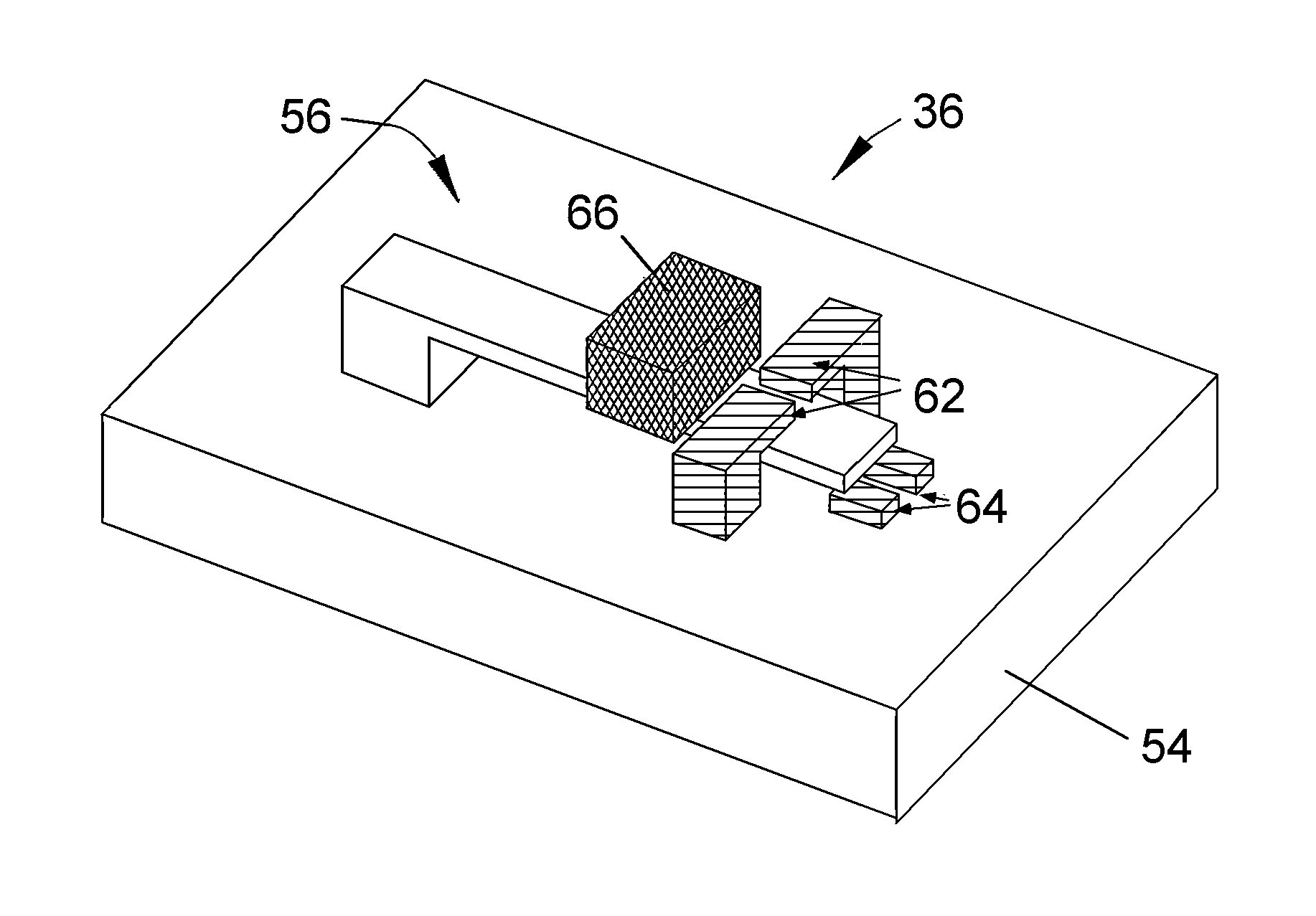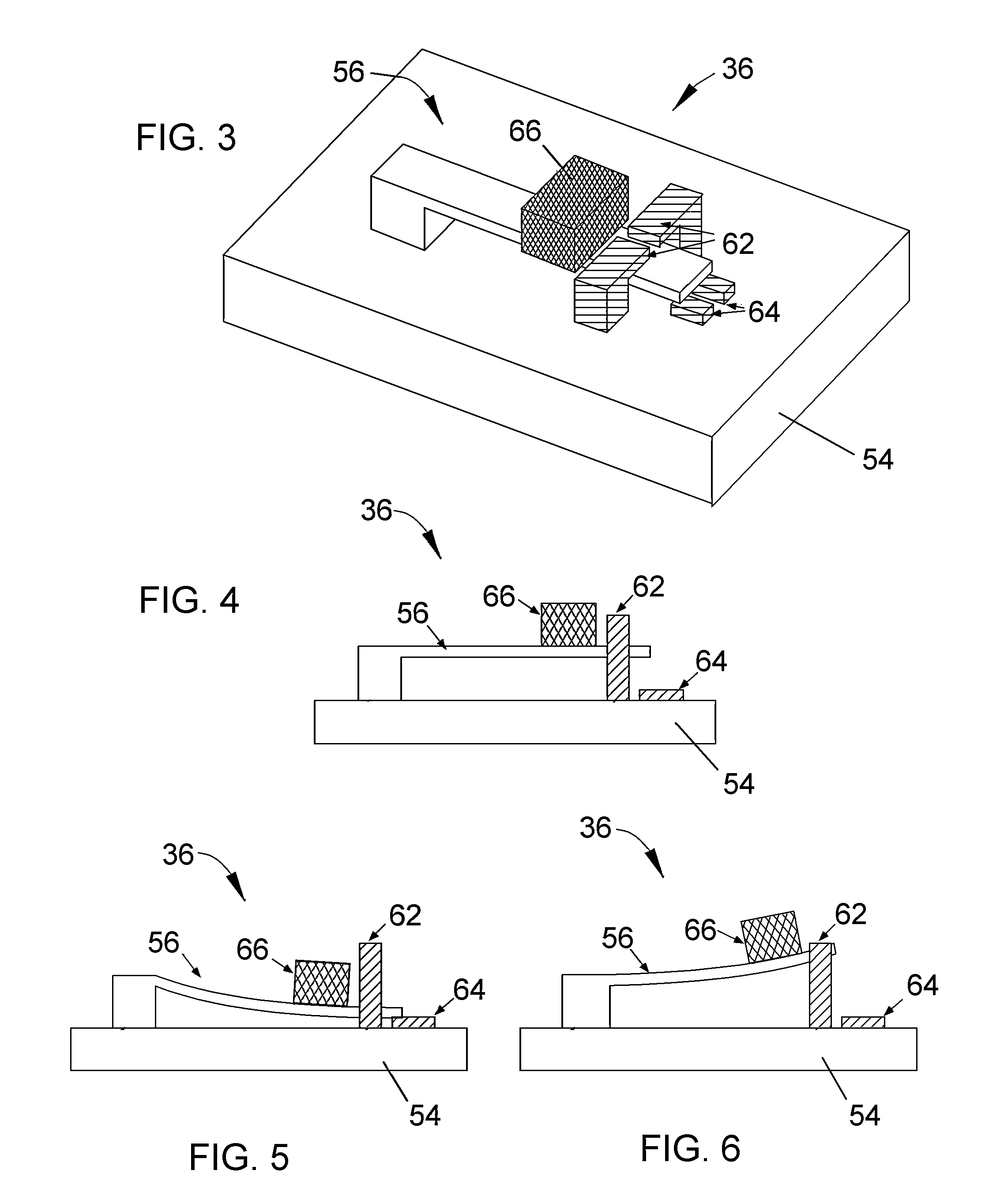Sensing modules and methods of using
a technology of sensing modules and sensors, applied in the field of sensing technology, can solve the problems of no current consensus of optimal monitoring parameters, no battery-free operation, and insufficient availability of environmental energy sources to power sensors, so as to improve diagnosis and treatment methods and monitor accurately
- Summary
- Abstract
- Description
- Claims
- Application Information
AI Technical Summary
Benefits of technology
Problems solved by technology
Method used
Image
Examples
Embodiment Construction
[0031]The present invention provides miniature sensing modules whose small size enables the modules to be placed on a body, including but not limited to humans or equipment or apparel worn by humans, where the modules can be used to monitor and generate data relating to one or more external inputs, such as external environmental parameters to which the body may be subjected. The modules make use of an energy storage device and at least one set of electromechanical sensing elements. The modules also preferably make use of non-volatile memory to store the data and a wireless communication system that enables the data to be retrieved from the modules by a wireless external interrogator / reader (reader) unit. The components of the modules are preferably selected so that the modules require very little power for their operation, enabling the modules to remain operable for long periods of time, potentially on the order of years, without need for replacement.
[0032]As will be evident from th...
PUM
| Property | Measurement | Unit |
|---|---|---|
| energy | aaaaa | aaaaa |
| energy | aaaaa | aaaaa |
| degrees of freedom | aaaaa | aaaaa |
Abstract
Description
Claims
Application Information
 Login to View More
Login to View More - R&D
- Intellectual Property
- Life Sciences
- Materials
- Tech Scout
- Unparalleled Data Quality
- Higher Quality Content
- 60% Fewer Hallucinations
Browse by: Latest US Patents, China's latest patents, Technical Efficacy Thesaurus, Application Domain, Technology Topic, Popular Technical Reports.
© 2025 PatSnap. All rights reserved.Legal|Privacy policy|Modern Slavery Act Transparency Statement|Sitemap|About US| Contact US: help@patsnap.com



